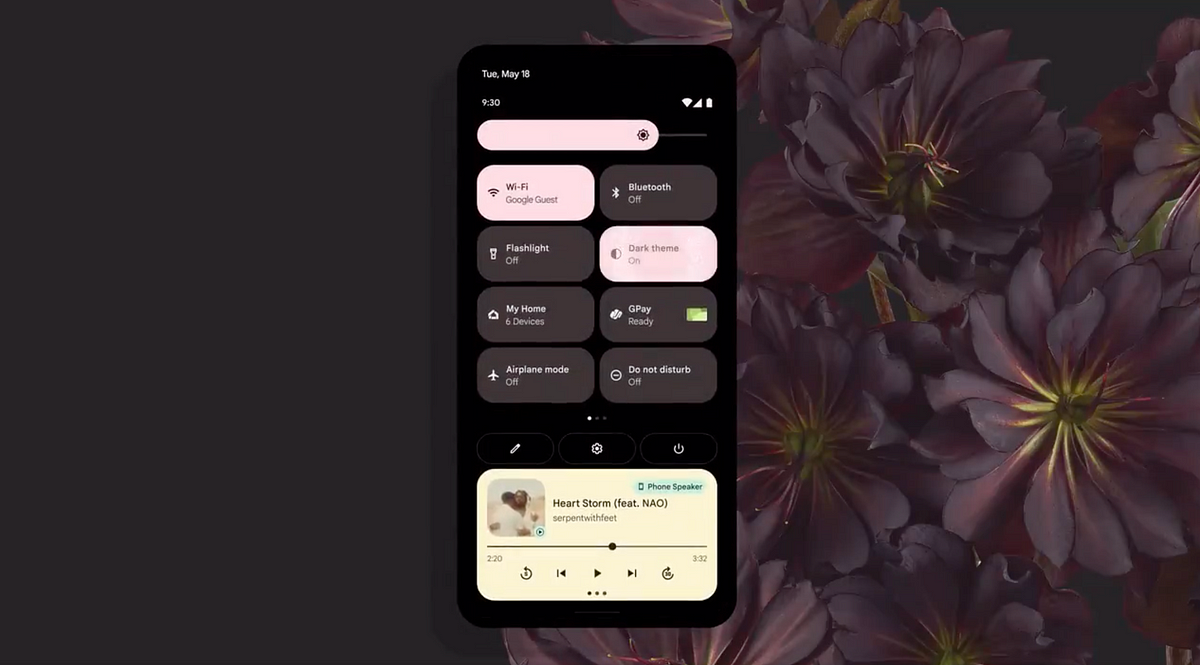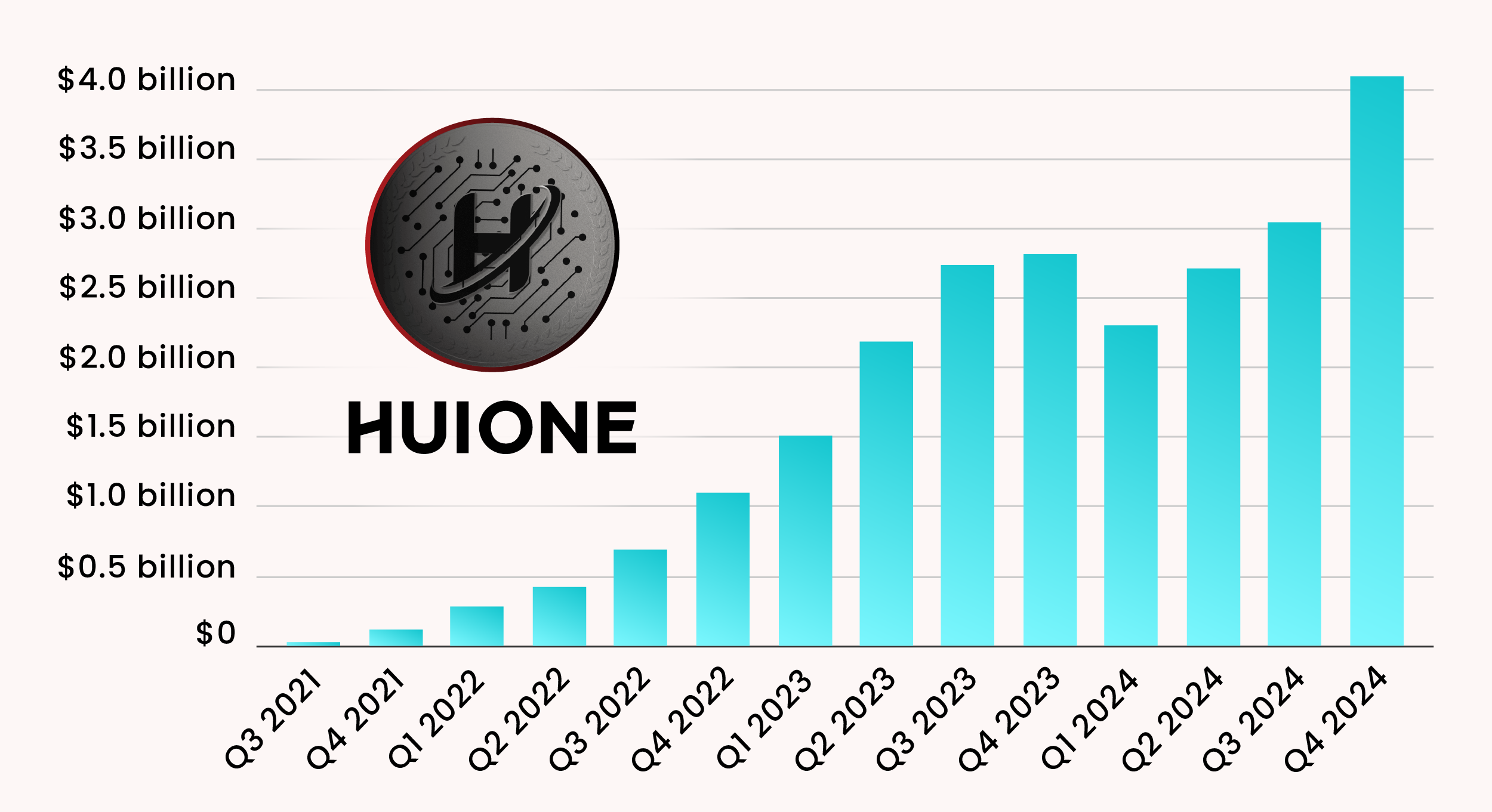Conversational Dialogue is a Fascinating Distraction for AI in Education
Hard-coding explanations feels tedious, takes a lot of work, and isn't "sexy" like an AI that generates responses from scratch – but at least it's not a pipe dream. It’s a practical solution that lets you move on to other components of the AI that are just as important.
Many people who have (unsuccessfully) attempted to apply AI to education have focused too much on the “explanation” part and not enough on scaffolding, navigating, and managing the entire learning process. It’s easy to go on a wild goose chase building an explanation AI.
You fall in love with the idea of AI having conversational dialogue with students, and then you get lost in the weeds of complexity. You solve just enough of the problem to produce a cool demo, yet you’re still hopelessly far away from self-service learning in real life.
Dialogue isn’t even necessary. You can just hardcode explanations into bite-size pieces, served at just the right moment. And you can close the feedback loop by having students solve problems, which they need to do anyway. (Their “response” is whether they got it correct.)











/cdn.vox-cdn.com/uploads/chorus_asset/file/25831586/STKB310_REDNOTE_XIAOHONGSHU_B.jpg)









